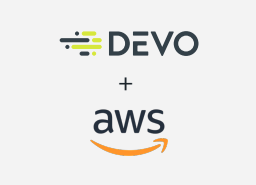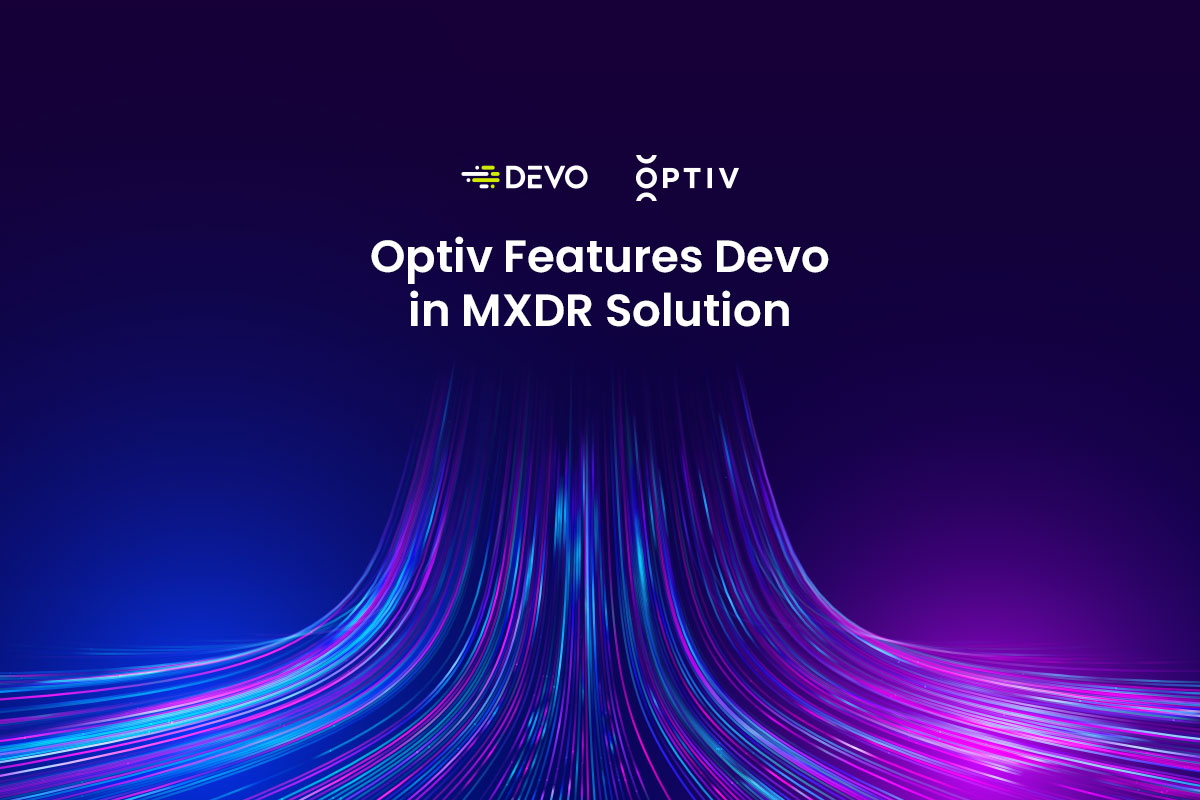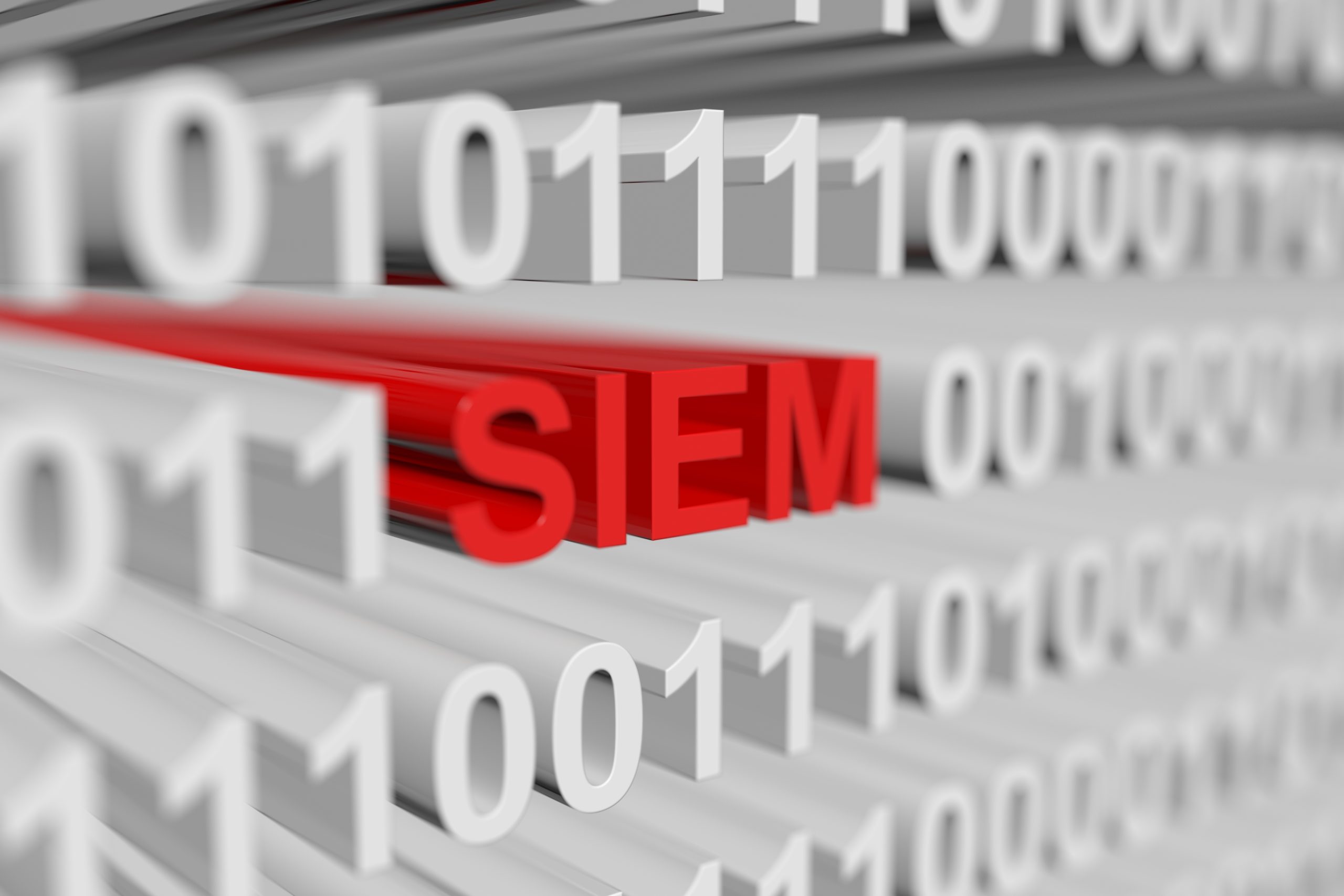
What you’re doing isn’t working. Despite best efforts, the scale of cybersecurity data is outpacing the ability of security information and event management (SIEM) solutions to identify and stay ahead of digital threats.
Incremental improvements can’t keep pace with the scale of data contained in cloud solutions and the scope of data created by new tools, like generative AI. The result? It’s time for transformation—and time for SIEM to act like a security data platform.
Big Data, Big Problems
As security threats have evolved in leaps and bounds, security operations have seen only incremental improvements.
“The root of the problem is data,” says Chris O’Brien, Vice President of Product Marketing at Devo. “What we see is that data growth is not stopping. It’s going to accelerate further. Costs are going to increase, and many solutions are just temporary bandages.”
At first glance, this may seem counterintuitive. Businesses have been told for years that big data offers big benefits if they use it the right way. SOC teams see glimpses of data-driven insight with threat intelligence and analytics tools, but as growing malware volumes make clear, this is often too little, too late. The result is a shifting paradigm where data is both the solution and the cause of cybersecurity issues.
CISOs also face the dual challenge of cutting costs without compromising compliance. Funds are running dry for legacy SIEM add-ons that move SOCs one step forward but leave them two steps behind malicious actors. At the same time, government agencies are cracking down on companies that fail to deliver on due diligence. Consider the SolarWinds attack—while the compromise happened in late 2020, the SEC is now taking civil action against the company for failing to disclose potential security problems before the breach occurred.
This adds up to a simple, if harsh, reality: Staying the course is a one-way ticket to compromise.
Old SOCs, New Shoes: The Devo Security Data Platform
Data can drive an effective security response, but this is only possible when two conditions are met: First, SOCs must be able to see and process data from multiple sources in real time; second, they must be able to analyze and act on this data ASAP.
Current SIEMs aren’t up to the task. They can’t scale to collect and manage the vast quantities of cloud, application, transaction, AI, IoT, and mobile data simultaneously. As a result, security teams are forced to detect and investigate threats with incomplete information and limited visibility. It’s like trying to finish a jigsaw puzzle with half the pieces missing. You know what the end result should look like, but it’s impossible to finish the job.
Security data platforms, such as Devo, offer a new approach to protection with its data-first HyperStream technology. In practice, this provides:
- No indexing or normalization at ingestion: Data ingestion is streamlined, allowing SOC teams to act on any data instantly.
- Linear scalability: As data volumes increase exponentially, linear scalability offers endless growth.
- On-query data enrichment: Data can be enriched at the point of query to provide unlimited, multi-source context.
- Real-time queries: Queries happen in real-time, making these platforms ideal for both SOC analysts and AI workloads.
O’Brien puts it simply: “A security data platform can help your SOC succeed by finding threats, reducing risks, and proving the value of security programs.”
3 Questions to Ask Your Security Team
As CISOs look to balance budgets and benefits, a security data platform must be part of the conversation. But how do you know if the time is right for a move? Start by asking these three questions:
1. Are we data-driven or data-distracted?
Data-driven enterprises use data to enable security operations. Data-distracted organizations spend more time trying to connect the dots, if they have them. Your SOC team knows which description fits best. If you’re data-distracted, it may be time to change your perspective.
2. How many tools does it take to capture security data?
The higher the number, the bigger the problem. More tools mean more complexity and more infrastructure management. This leads to less time dedicated to chasing threats and more risk. If “just one more tool” is the prevailing mindset to solve security issues, a new platform may be the better play.
3. What don’t we know?
Ask your SOC team what they know and they’ll give you the highlights. Ask what they don’t know and you’ll get a lecture. While the first question is easier, the second is more important: If analysts highlight a lack of visibility or harp on inconsistent outcomes, your current SIEM isn’t getting it done.
If your security team is being overwhelmed by too much data, too many tools, and too many unknowns, it’s time to transform your SOC. Adopting a security data platform will emerge not just as a strategic move but a necessity to fortify defenses and stay ahead of the ever-evolving cybersecurity landscape.





